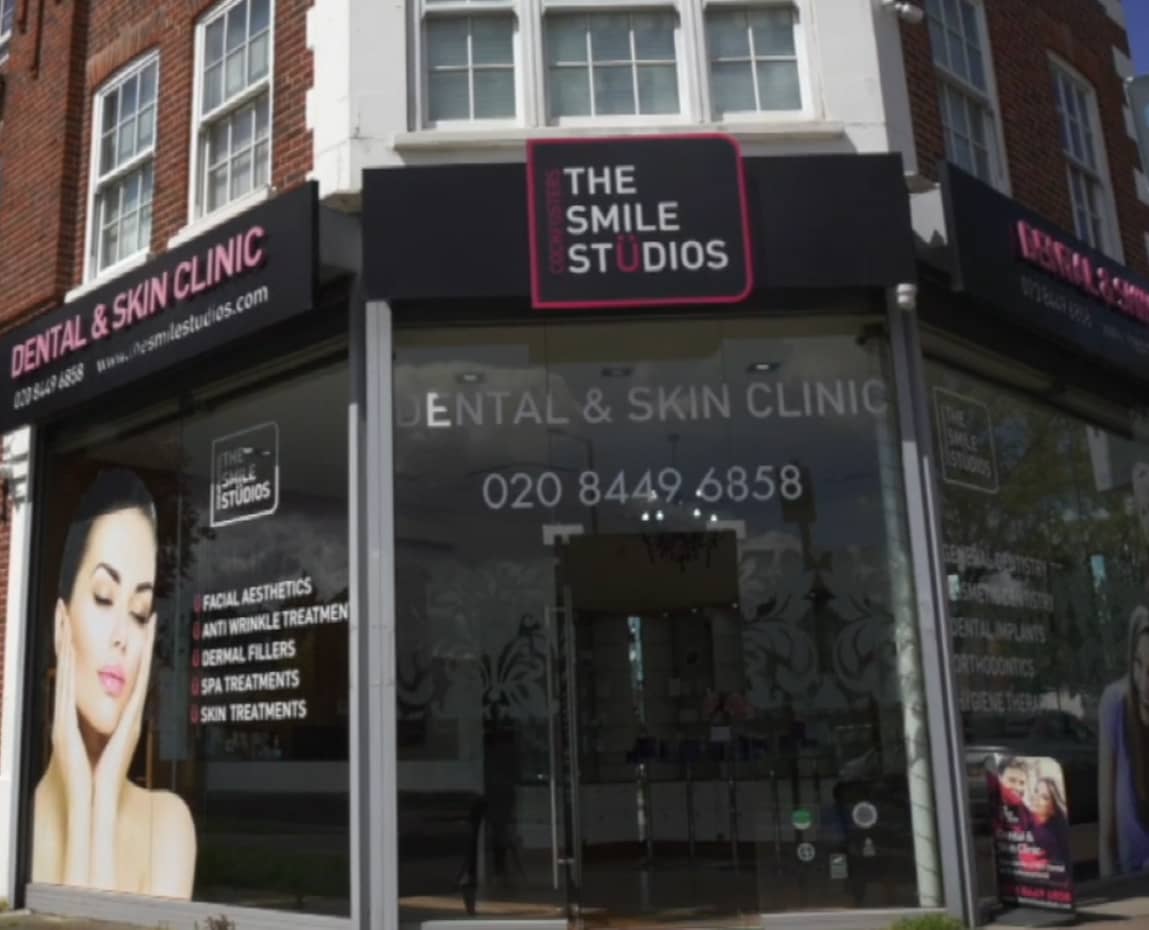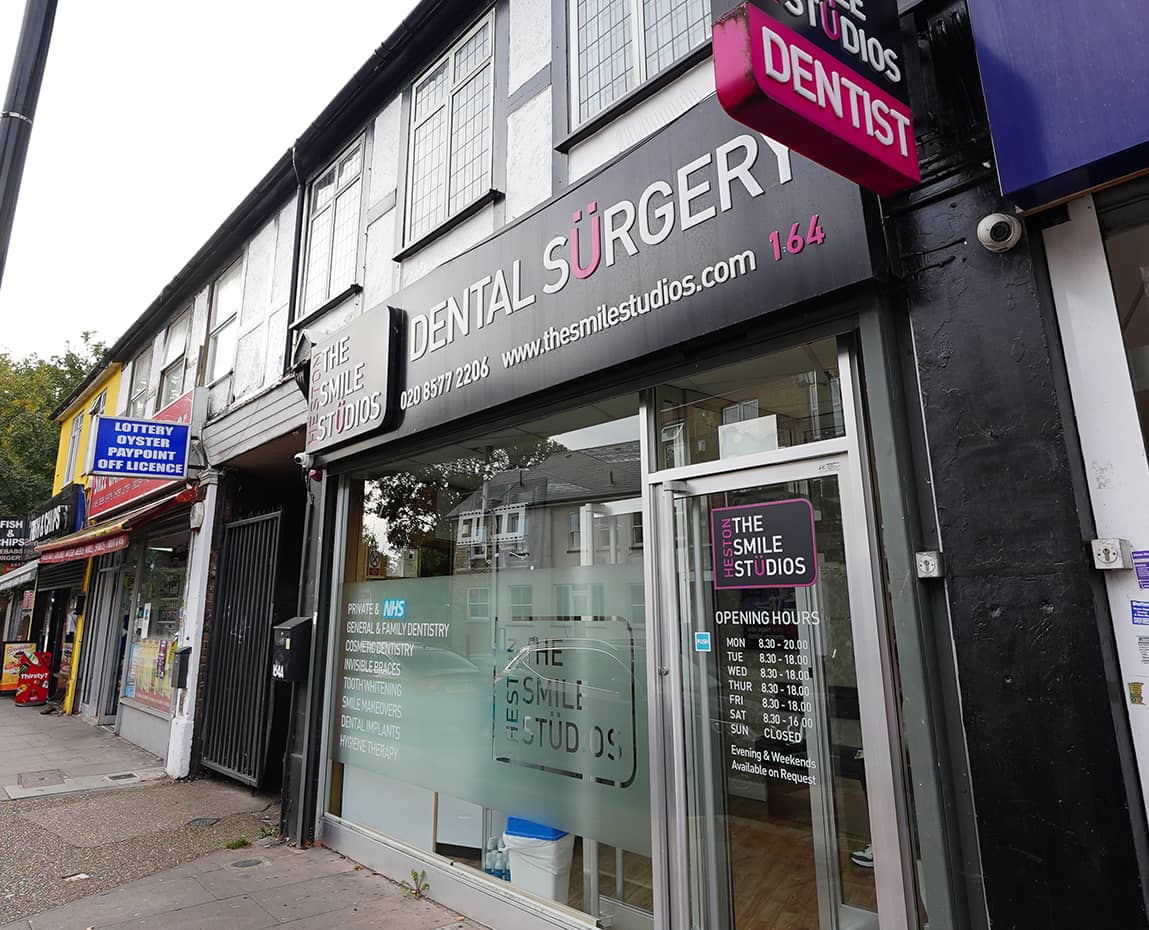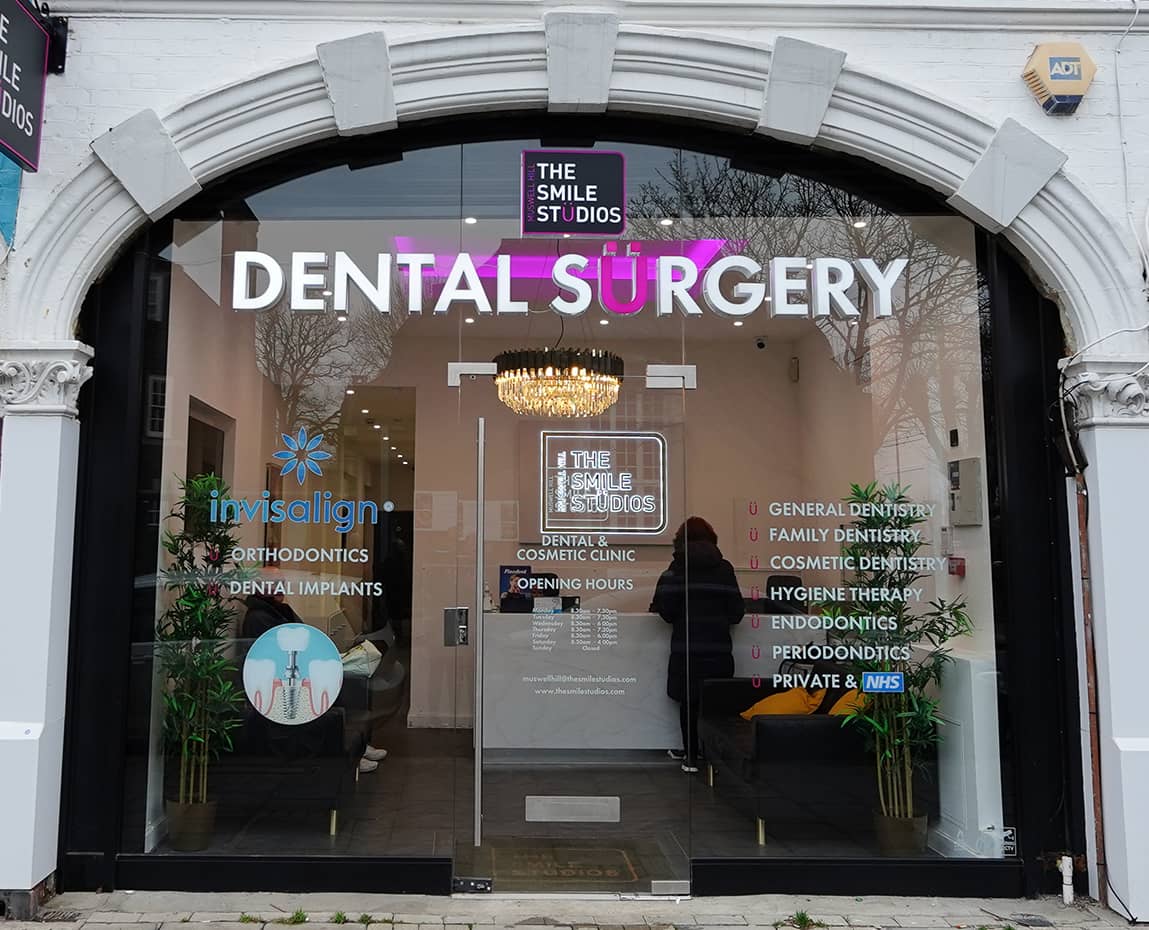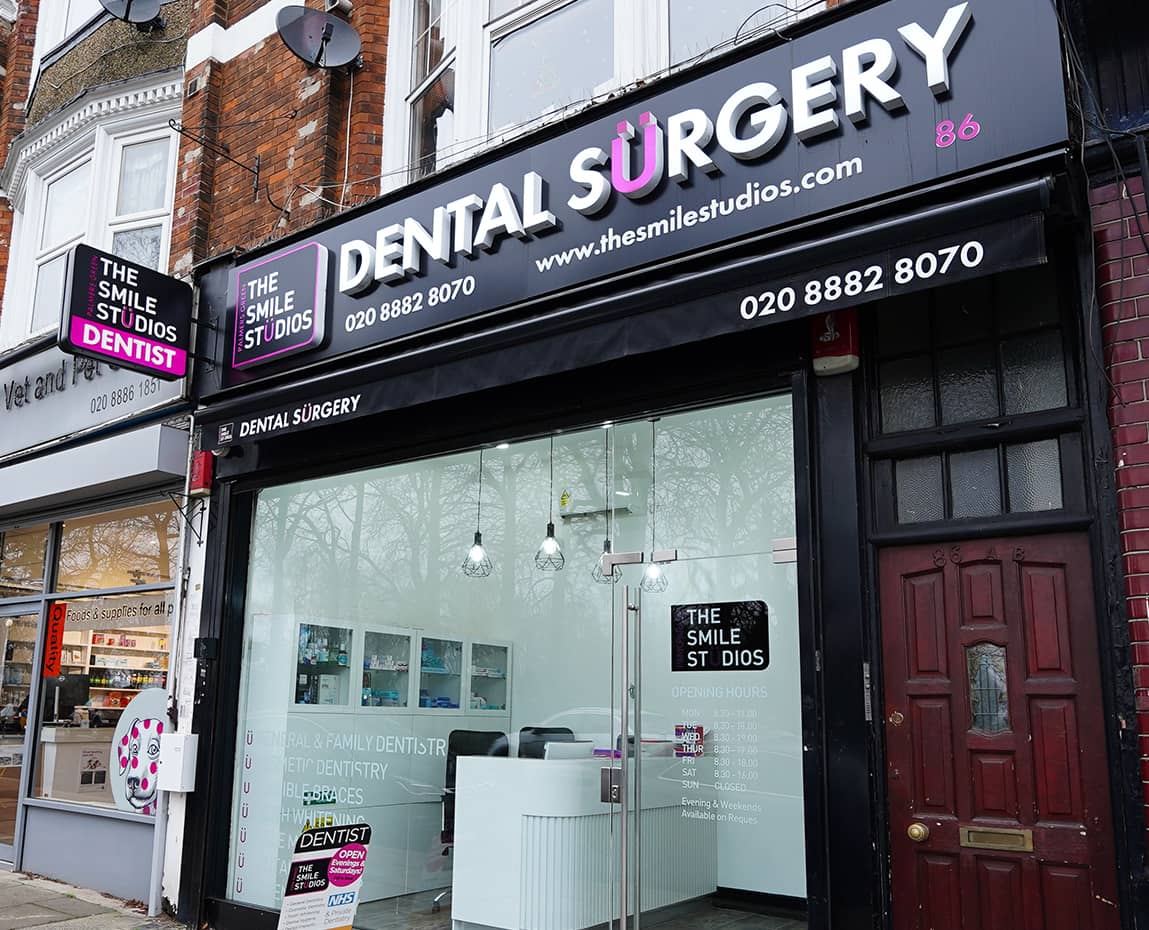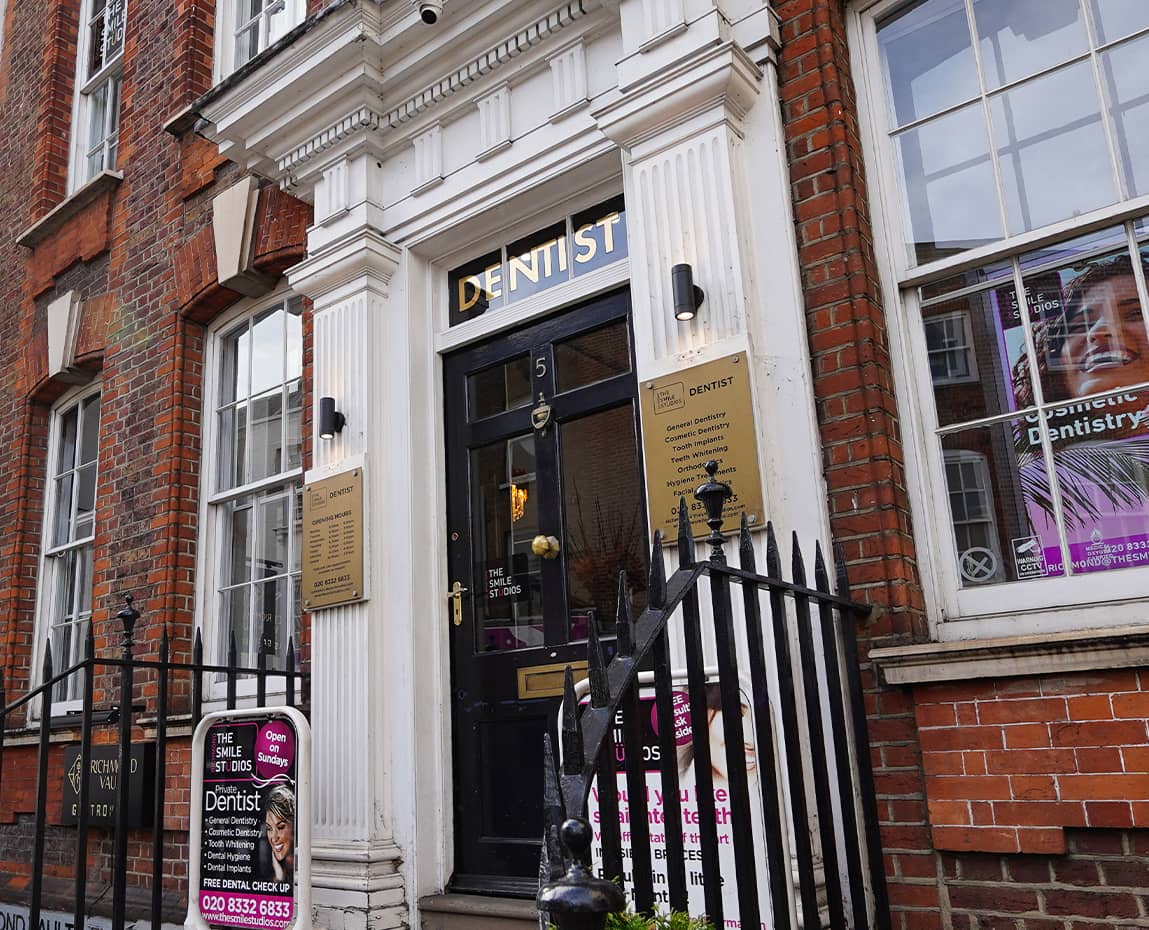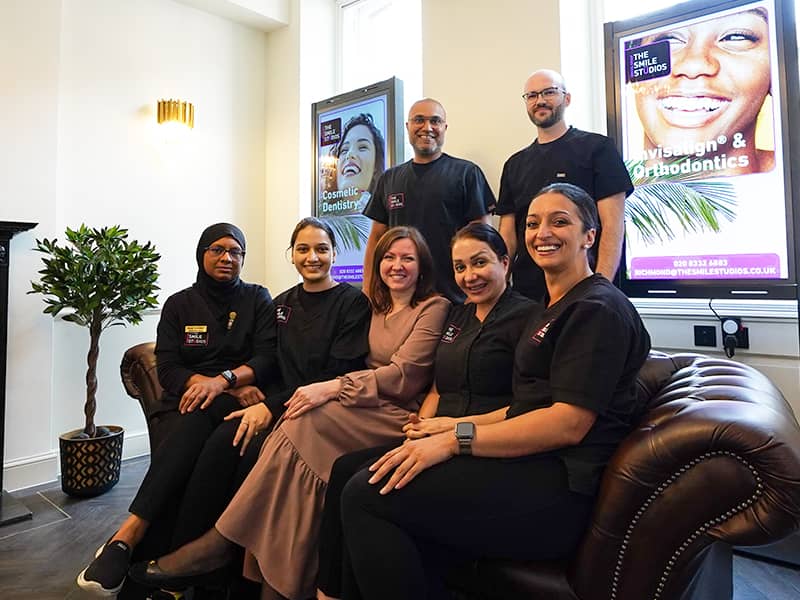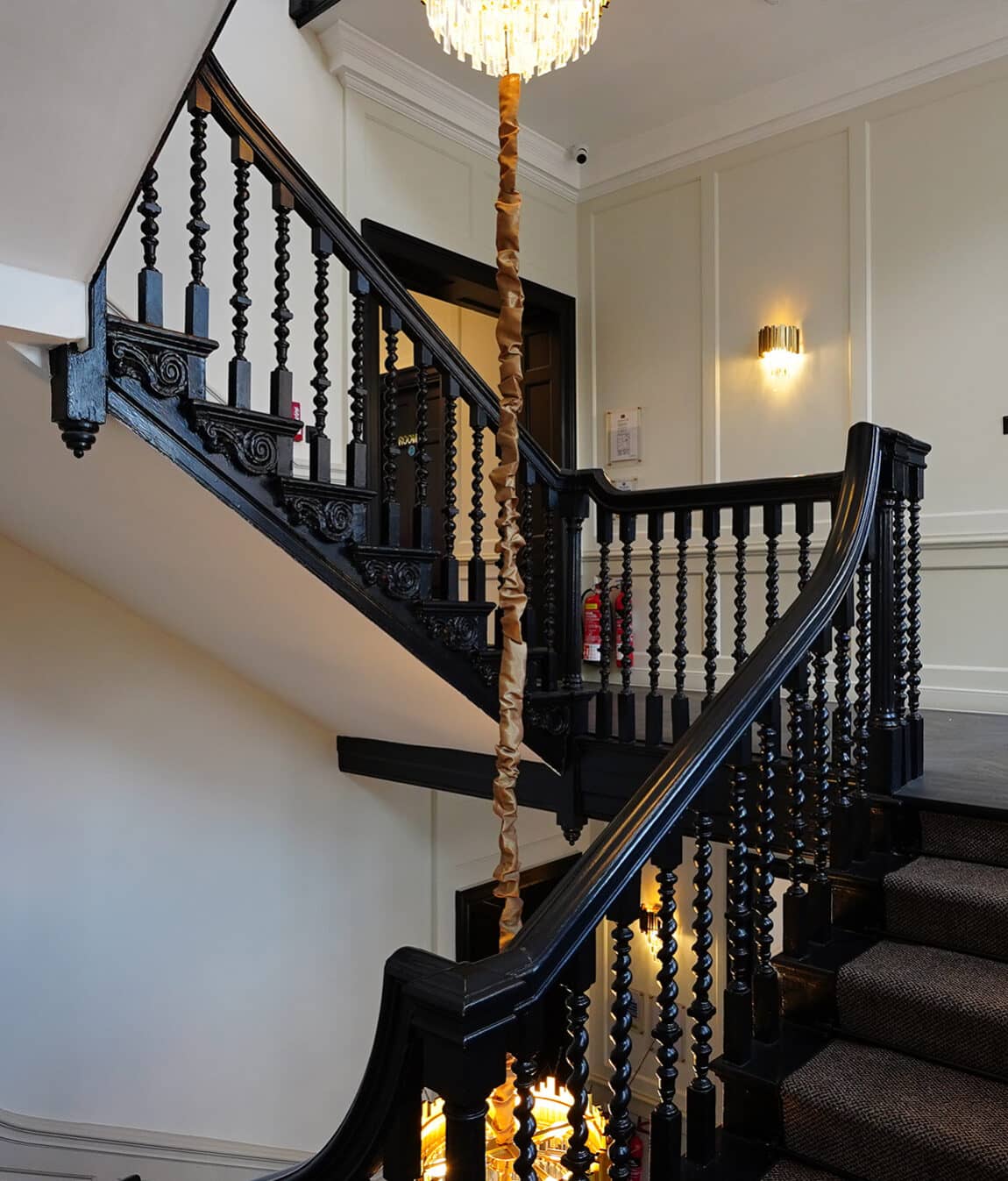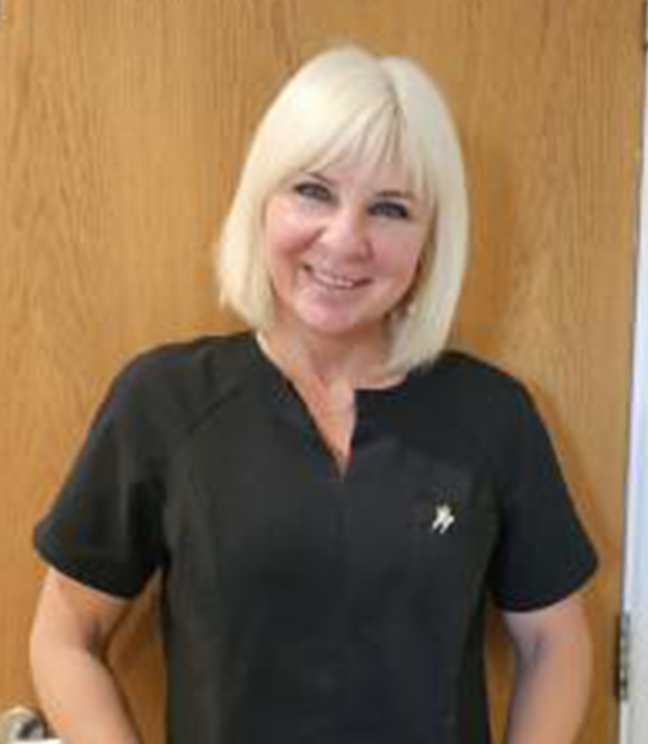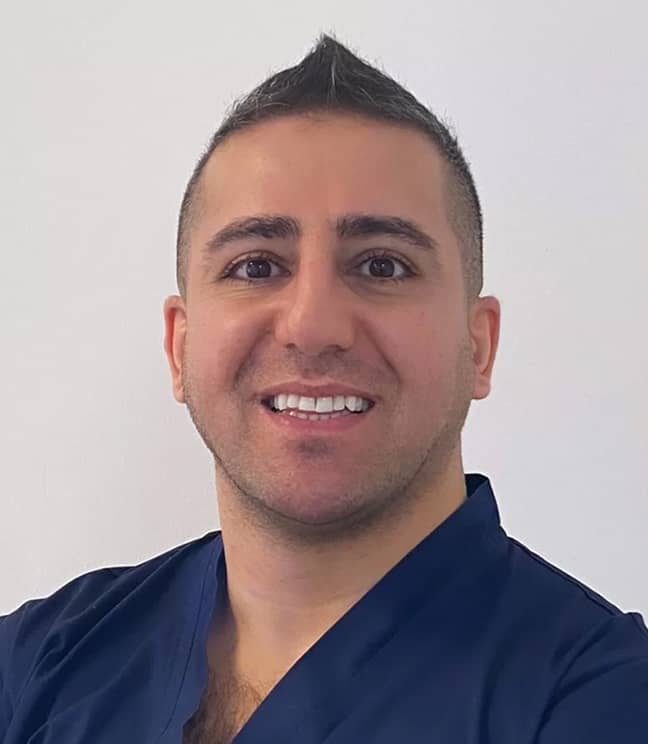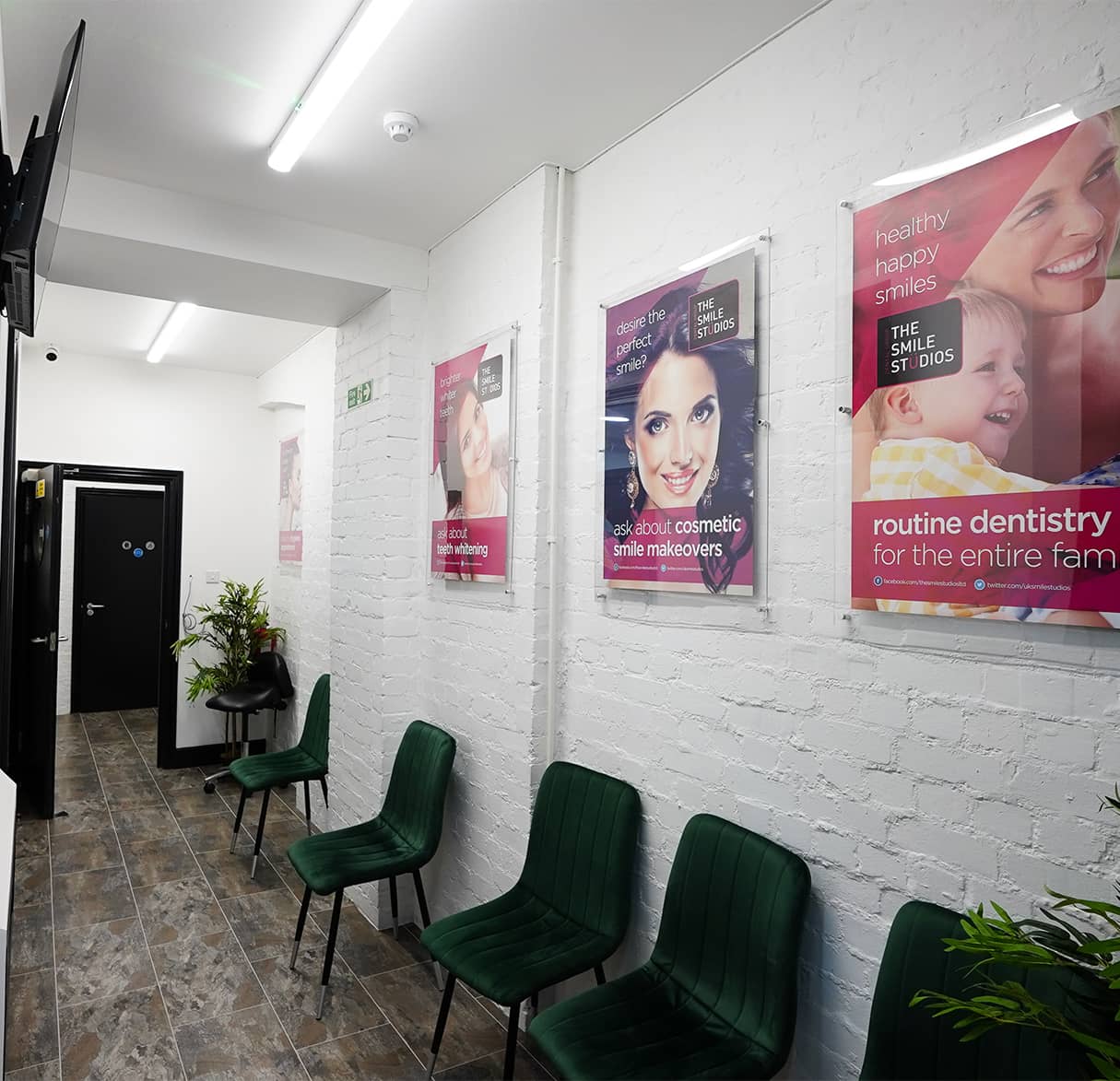Cockfosters EN4
Suffer from nerves? No problem. Here at The Smile Studios Cockfosters, we have some of the most experienced Private Dentists in Cockfosters – and they are all here for you. Many people are nervous about visiting the dentist. However, with modern techniques and a little compassion, we believe we have the right blend to make you feel at home.
Visit Cockfosters 020 8449 6858Cockfosters EN4
Suffer from nerves? No problem. Here at The Smile Studios Cockfosters, we have some of the most experienced Private Dentists in Cockfosters – and they are all here for you. Many people are nervous about visiting the dentist. However, with modern techniques and a little compassion, we believe we have the right blend to make you feel at home.
Visit Cockfosters 020 8449 6858Heston TW5
We are a Private and NHS dentist in Heston Hounslow able to provide a wide range of treatments to meet all of your smile needs. The Smile Studios Heston is situated in the London Borough of Hounslow, West London.
Visit Heston 020 8577 2206Heston TW5
We are a Private and NHS dentist in Heston Hounslow able to provide a wide range of treatments to meet all of your smile needs. The Smile Studios Heston is situated in the London Borough of Hounslow, West London.
Visit Heston 020 8577 2206Muswell Hill N10
We are a group of general and cosmetic dentists in Muswell Hill, North London. Our philosophy is comprehensive dentistry and the promotion of a healthy mouth and smile! The practice has been established since 1985, and was formerly known as The Dental Care Centre.
Visit Muswell Hill 020 8444 3884Muswell Hill N10
We are a group of general and cosmetic dentists in Muswell Hill, North London. Our philosophy is comprehensive dentistry and the promotion of a healthy mouth and smile! The practice has been established since 1985, and was formerly known as The Dental Care Centre.
Visit Muswell Hill 020 8444 3884Palmers Green N13
We are a family-friendly dental practice in Palmers Green, North London N13 promoting high-quality dental care. The practice was established in the early 1980’s and has been under the management of The Smile Studios since 2013.
Visit Palmers Green 020 8882 8070Palmers Green N13
We are a family-friendly dental practice in Palmers Green, North London N13 promoting high-quality dental care. The practice was established in the early 1980’s and has been under the management of The Smile Studios since 2013.
Visit Palmers Green 020 8882 8070Richmond TW9
The Smile Studios is located in the heart of Richmond’s High Street, contributing to the surrounding vibrant atmosphere. The Smile Studios Richmond is a flagship branch of our dental group. Formally known as Oasis Dental Care and later on as Dentics.
Visit Richmond 020 8332 6833Richmond TW9
The Smile Studios is located in the heart of Richmond’s High Street, contributing to the surrounding vibrant atmosphere. The Smile Studios Richmond is a flagship branch of our dental group. Formally known as Oasis Dental Care and later on as Dentics.
Visit Richmond 020 8332 6833